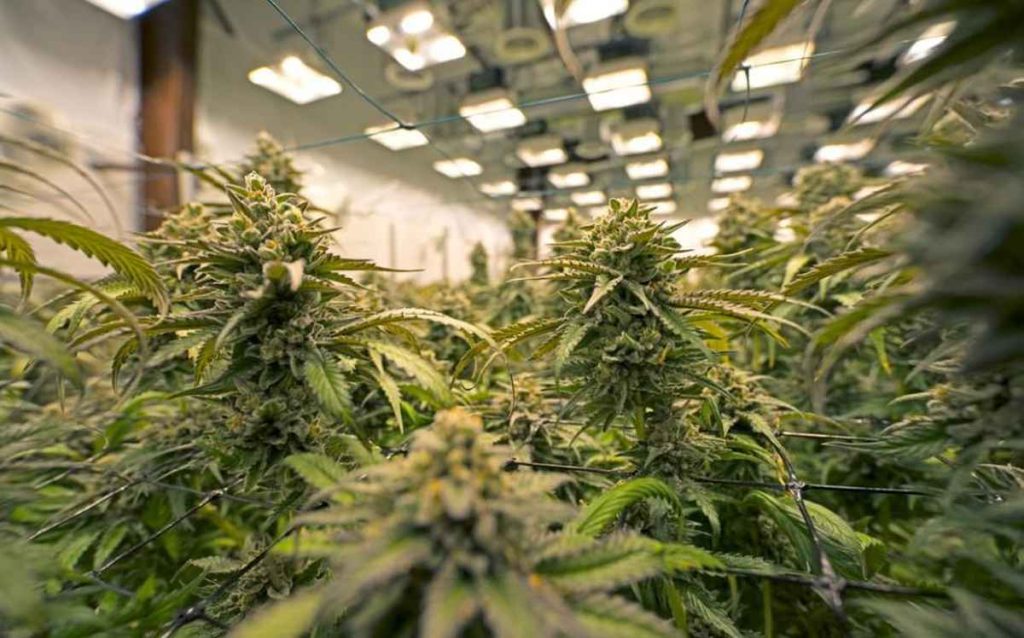Useful Tips for Increasing Your Cannabis Yields
- Blog
- Useful Tips for Increasing Your Cannabis Yields
lynette
Increasing cannabis yields is a goal shared by many growers, regardless of the strain they are cultivating. Achieving higher yields involves a combination of understanding the plant’s needs, optimizing the growing environment, and employing specific techniques to encourage robust growth.
By paying attention to these factors, you can significantly boost your harvest, whether you’re growing indoors or outdoors.

Cannabis plants have basic needs that must be met to thrive and produce abundant yields. These needs include proper lighting, nutrients, water, and environmental conditions. Each strain has its own preferences, but there are general principles that apply to all cannabis plants.
One of the most critical factors in cannabis cultivation is lighting. For indoor growers, providing the right type and amount of light is essential.
Cannabis plants require intense light during the vegetative and flowering stages. LED grow lights are popular because they are energy-efficient and produce less heat compared to traditional HID lights.
Make sure you position your lights at the correct distance from the plants to prevent light burn while ensuring adequate light penetration.
Outdoor growers rely on natural sunlight, which can be just as effective if the plants receive at least six hours of direct sunlight daily. Choose a location with maximum sun exposure and minimal shading.
Cannabis plants need a balanced diet of nutrients to grow and produce buds. During the vegetative stage, they require more nitrogen, while in the flowering stage, they need higher levels of phosphorus and potassium.
Using high-quality soil or a well-balanced nutrient mix can make a significant difference in plant health and yield.
Organic options like compost and worm castings can improve soil structure and provide essential nutrients.
Additionally, regularly testing the pH level of your soil or nutrient solution ensures that your plants can absorb the nutrients effectively. Aim for a pH range of 6.0 to 7.0 for soil and 5.5 to 6.5 for hydroponic systems.
Proper watering practices are crucial for healthy cannabis plants. Overwatering or underwatering can stress the plants and reduce yields. Cannabis prefers a cycle of wet and dry soil, so water your plants thoroughly and then allow the top layer of soil to dry out before watering again. This encourages strong root development.
For hydroponic systems, maintaining the correct water level and nutrient concentration is essential. Ensure that your system provides enough oxygen to the roots, as cannabis plants need oxygen to thrive.
Maintaining optimal temperature and humidity levels can significantly impact your cannabis yields. During the vegetative stage, cannabis plants prefer temperatures between 70-85°F (20-30°C) and humidity levels around 40-70%.
In the flowering stage, lower the humidity to 40-50% to prevent mold and mildew, and keep temperatures between 65-80°F (18-26°C).
Using fans and ventilation systems can help regulate temperature and humidity in indoor grow spaces. Outdoor growers should be mindful of weather conditions and provide shade or shelter if necessary.
Training techniques can maximize light exposure and improve yields. Low-Stress Training (LST) involves gently bending and tying down the plant’s branches to create a more even canopy. This allows more light to reach lower bud sites and can increase overall yields.
Topping and pruning are other effective techniques.
Topping involves cutting off the main stem’s tip to encourage the plant to grow multiple colas instead of one main cola. Pruning removes unnecessary leaves and branches, allowing the plant to focus its energy on bud production.
Knowing when to harvest is crucial for maximizing yields. Harvesting too early or too late can affect the potency and quantity of your buds.
Look for visual cues such as the color of the trichomes (the tiny, crystal-like structures on the buds). When the trichomes turn milky white with some amber, it’s usually the optimal time to harvest.
Protecting your plants from pests and diseases is essential for achieving high yields. Regularly inspect your plants for signs of pests like spider mites, aphids, and whiteflies. Use organic pest control methods such as neem oil, insecticidal soap, or beneficial insects like ladybugs.
Preventing mold and mildew is equally important, especially during the flowering stage. Ensure good air circulation around your plants and avoid overwatering. Removing any affected parts of the plant immediately can prevent the spread of disease.
Consistency in your care routine can make a significant difference in your cannabis yields. Plants thrive on regular feeding, watering, and environmental conditions. Keep a grow journal to track your plants’ progress and any changes you make to your growing setup. This can help you identify what works best for your plants and make adjustments as needed.
Patience is also crucial in cannabis cultivation. Rushing the process or making drastic changes too quickly can stress the plants and reduce yields. Allow your plants to grow at their natural pace and make incremental adjustments to optimize their growth.
If you’re looking to further increase yields, advanced techniques such as hydroponics, Sea of Green (SOG), and Screen of Green (SCROG) can be explored.
Hydroponic systems provide nutrients directly to the roots, often resulting in faster growth and higher yields. The SOG method involves growing many small plants close together to maximize space and light efficiency. The SCROG technique uses a screen to train plants to grow horizontally, increasing light exposure and bud sites.
Increasing cannabis yields requires a combination of providing optimal conditions, employing effective training techniques, and maintaining consistent care. By understanding the needs of your plants and making thoughtful adjustments, you can achieve impressive harvests regardless of the strain you are growing.
Remember, each strain may have its own preferences, so observing and responding to your plants’ needs is key to a successful and bountiful cannabis garden.
© Copyright 2025 Cultivating Homegrown Organic Marijuana